Water, Sanitation, Hygiene and Habitat in Prisons
… drawings present solutions in such areas as water supply, sewage and waste disposal, food …
… drawings present solutions in such areas as water supply, sewage and waste disposal, food …
… such as hospitals and prisons, and provide water, sanitation and power – ultimately …
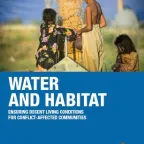
… When conflict impedes access to clean water, safe shelter or a sustainable living … crises There is a direct correlation between water shortages or poor-quality water and outbreaks of diseases, such as …
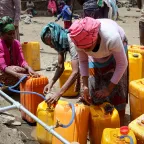
… conjunction with the ICRC reference manual "Water, sanitation, hygiene and habitat in prisons". …
… is a source of guidance and motivation for Water and Habitat teams and the teams we work with. It …
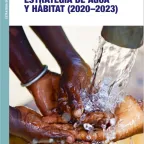
… Water in rural areas is often scarce, poor in … marking the 30th anniversary of the ICRC’s Water and Habitat Unit . Their engineers help ensure …
… 2013 marks the 30th anniversary of the ICRC’s Water and Habitat Unit. Their engineers help ensure that … series of videos explains how the ICRC brings water, shelter and sanitation to people …
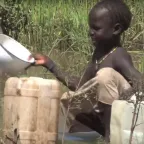
… conflict and violence deprive people of water. Today is World Water Day, and as the ICRC Water and Habitat Unit celebrates its 30th anniversary, …
… or refugee camps in desperate need of food, water and shelter. ICRC water and habitat staff build safe, healthy places for …
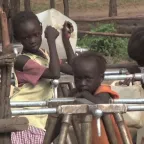
Try one of the following resources:
Created in 1863, the ICRC library, alongside the ICRC archives, provides an indispensable documentary reference on the organization itself and international humanitarian law.
International humanitarian law is based on a number of treaties, in particular the Geneva Conventions of 1949 and their Additional Protocols, and a series of other instruments.
Customary international humanitarian law consists of rules that come from "a general practice accepted as law" and that exist independent of treaty law.